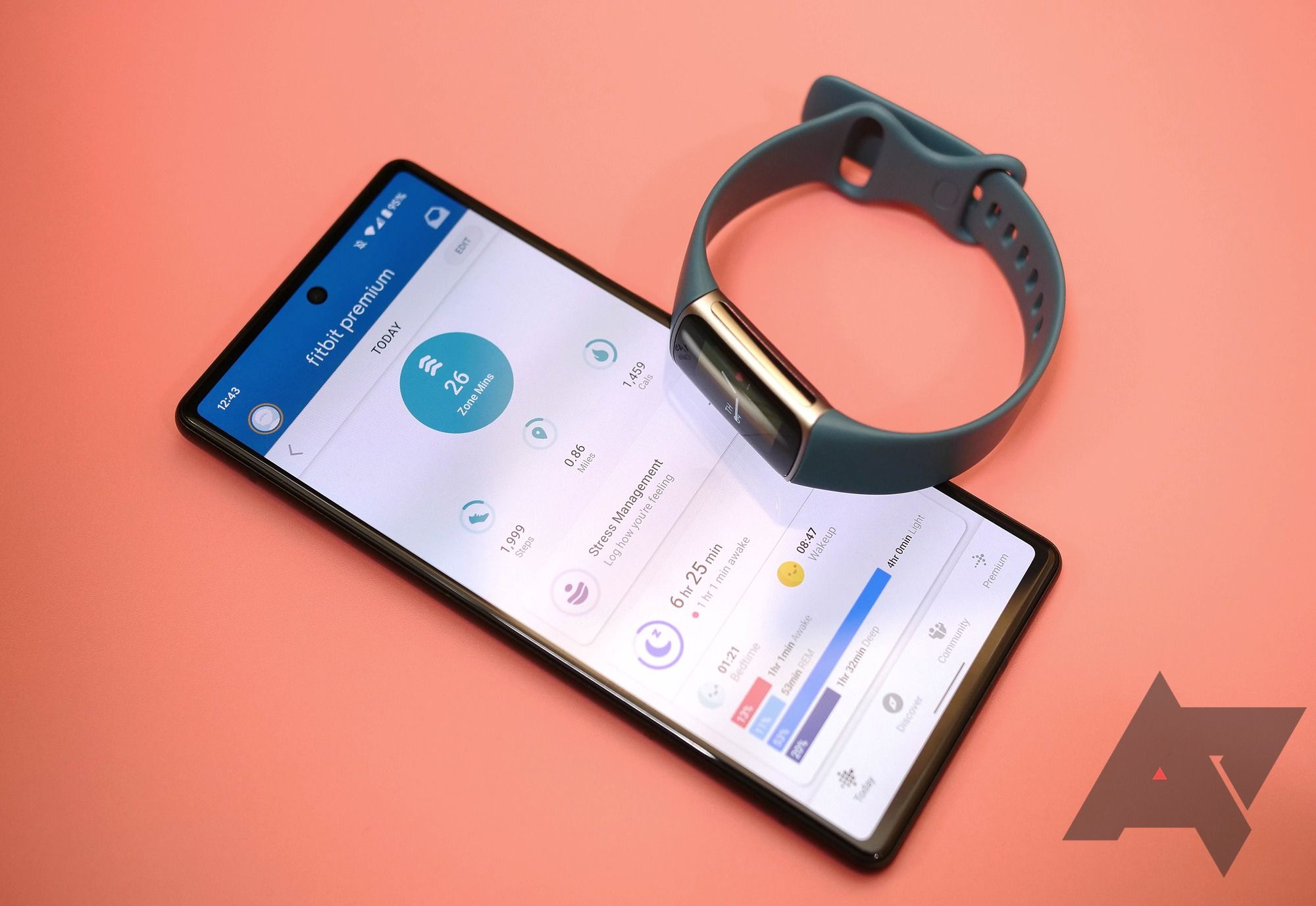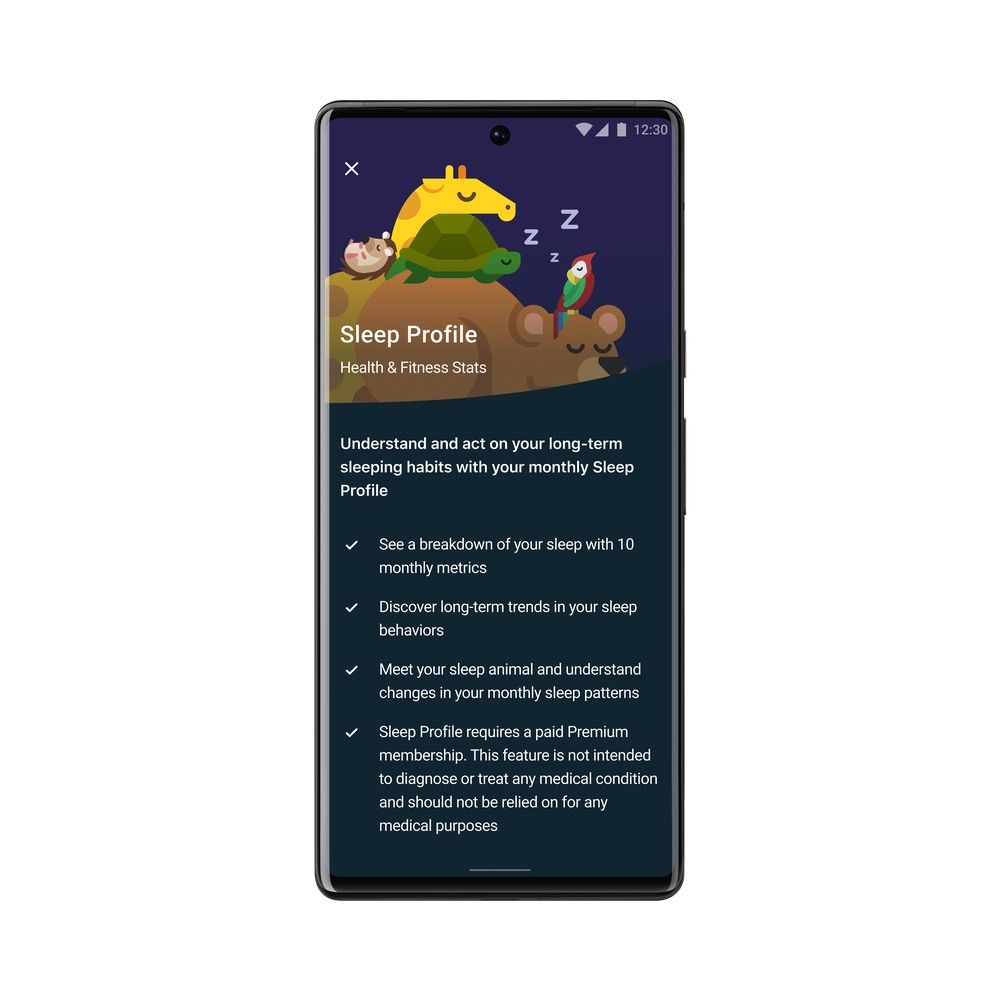Fitbit's wearables are among the best fitness trackers and have been offering sleep tracking for over a decade now. The collected data is analyzed and a score is assigned based on how well you slept last night. Then, there's Smart Wake which smartly wakes you up during the optimal stage of your sleep cycle so that you don't feel groggy. It can even tell you if you are snoring too much in your sleep. The Google-owned company is now introducing a premium sleep tracking feature called Sleep Profile which offers a "longitudinal analysis of your sleep pattern." The feature aims to improve your long-term sleeping habits by analyzing your sleep style and pattern, and comparing it to one of six animals.
In a nutshell, your Fitbit wearable will record key data regarding your sleep and analyze it across 10 metrics to ascertain a trend. This is then compared to the typical data based on your age and gender, so you know the areas of your sleep that need improvement. The tracked metrics include how consistently you go to bed at the same time every day, disrupted sleep, sleep duration, restfulness and REM sleep, and more.
To generate the Sleep Profile report, you must wear your Fitbit wearable to bed for at least 14 days in a calendar month. The more you wear your wearable to bed, the better the evaluation will be. The report will also show an ideal range for each tracked metric, so you know the areas that need improvement. Your Sleep Profile is automatically generated on the first day of a new month.
Fitbit will assign a Sleep Animal based on your sleep analysis from the collected data. Six animal archetypes have been chosen based on their sleeping type, including Giraffe, Bear, Dolphin, Hedgehog, Parrot, and Tortoise. As your sleeping pattern and cycle change month-on-month, the sleep animal assigned will also change accordingly.
Sleep Profile is rolling out to Fitbit Premium subscribers who use the Sense, Versa 2/3, Charge 5, Luxe, or Inspire 2 wearables. The first report should appear on July 4th, with all future reports generated on the first of every month after that.


